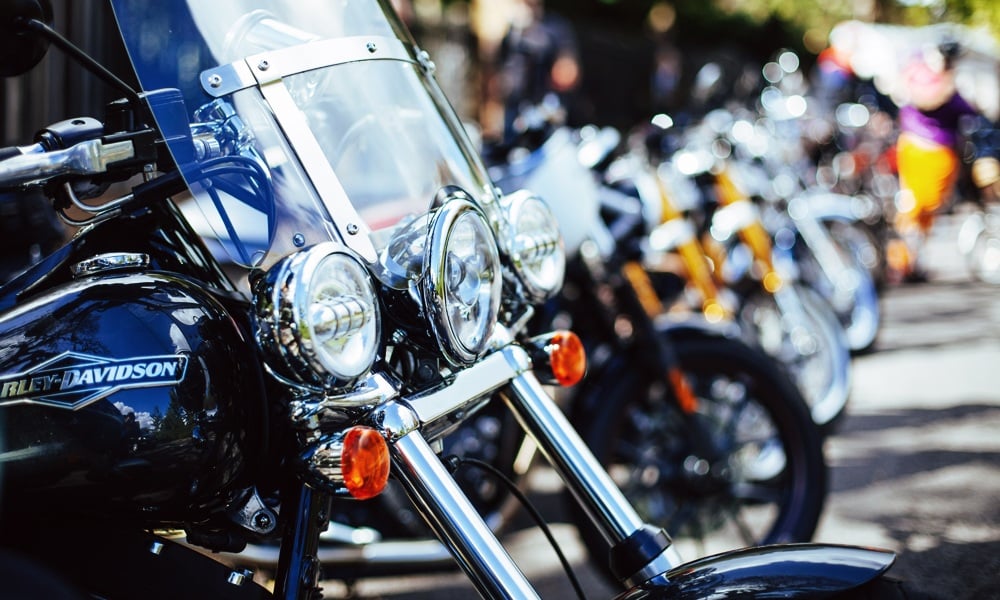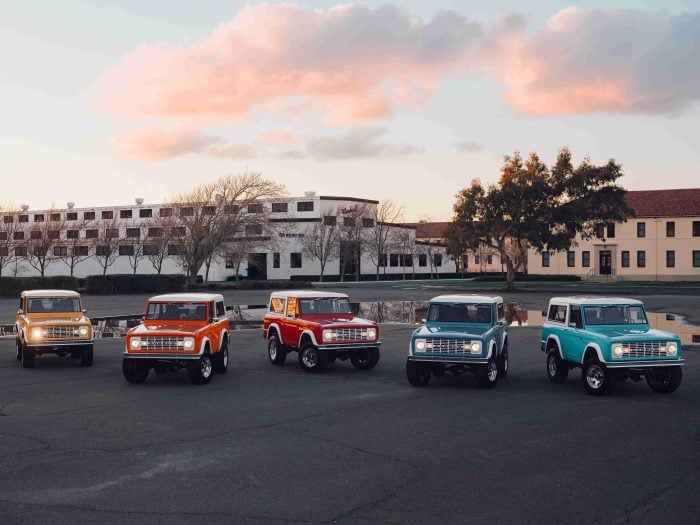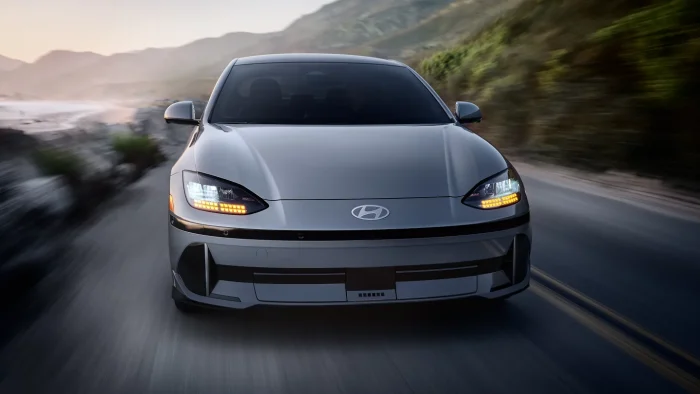With riding season quickly approaching, our brains are clogged with wheelies, tight corners, burnouts, and all the things motorcyclists live for. Spring is that special time of year when people are either just finishing up their winter projects, or gassing up their scoots and heading out for the first rip of the season.
Of course, motorcycles come in all different shapes, sizes, and styles. In fact, that’s part of what we love about them so much—the nuanced cultures and crowds that come along with them.
Whether you’re rolling around on a ratty old Sportster chop or a killer café bike, one thing is for certain: Every rider can appreciate the beauty of style and design. If you need a crash course, here are all the different “flavors” of our favorite two-wheeled scream machines:
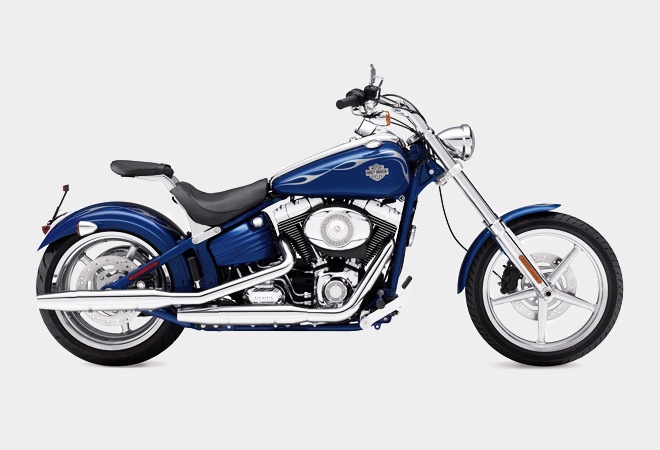
Chopper
If we had to sum up choppers in one word, it’d be “righteous.” But since that’s a pretty terrible description, the actual definition of a chopper is any highly modified bike that has a chopped or extended frame, a raked neck, and all the fun details that make people look at a bike and say, “Holy shit.” They can come in many different styles, can come with hard tail and swing arm frames, and can be comfortable or challenging to ride. The important thing is they’re highly customized and modified, and like snowflakes, no two choppers should be the same. Well, if snowflakes could do smoky burnouts, that is.
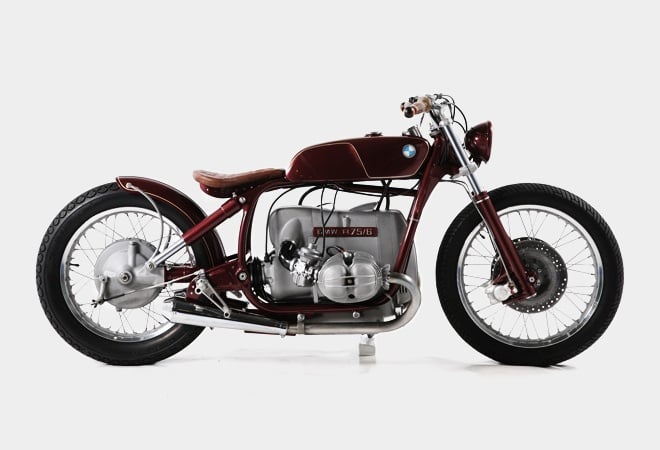
Bobber
The line between bobbers and choppers is one that’s continuously re-drawn because so many people are confused by their differences. Essentially, bobbers pre-date choppers by a few decades and were around before people had any idea what they could do with these machines. Essentially, bobbers utilize a motorcycle’s stock frame and components, but are stripped of all the excess bells and whistles that aren’t vital to the bike’s performance. Like choppers, they can have both swing arm and hard tail frames, but unlike choppers, they’re basically stripped down stock bikes with “bobbed” fenders.
![]()
Board Tracker
The original board tracker comprises classic styling you probably won’t find outside of a museum, only because the technology is so antiquated (and bikes so historic) that they’re just impractical to ride on the streets. Board track racing was incredibly popular from the 1910s through the 1920s, and board track racers are unique things of beauty because they incorporated very lean, low profile styling into their design. Board trackers are super easy to spot because they usually have small one or two-cylinder motors, gas tanks tucked tight between their top frame tube and motor, and white beach cruiser handlebars. They look more like bicycles with tiny engines in them than motorcycles. But again, the odds of spotting them in the wild are slim to none.
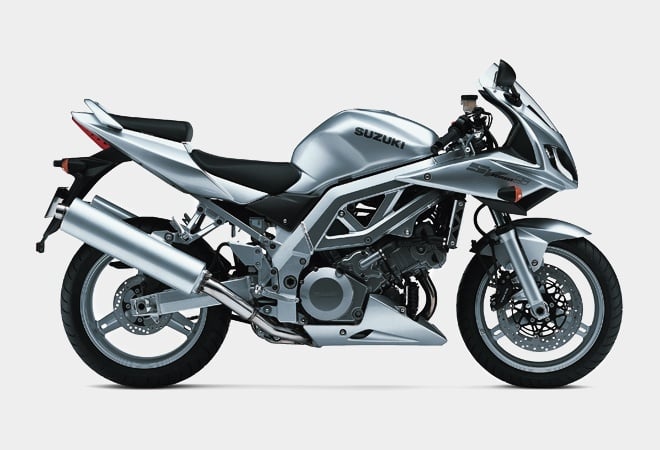
Sport Bike
Common and easy to identify, sport bikes look like they’re ready for action at all times. They’re characterized by high-revving motors and more aerodynamically sound fairings and plastics. Their riding stances are generally a little more cramped and aggressive than cruisers or choppers, which makes them a little more difficult for long hauls, but a hell of a lot more fun in corners and around twisties.
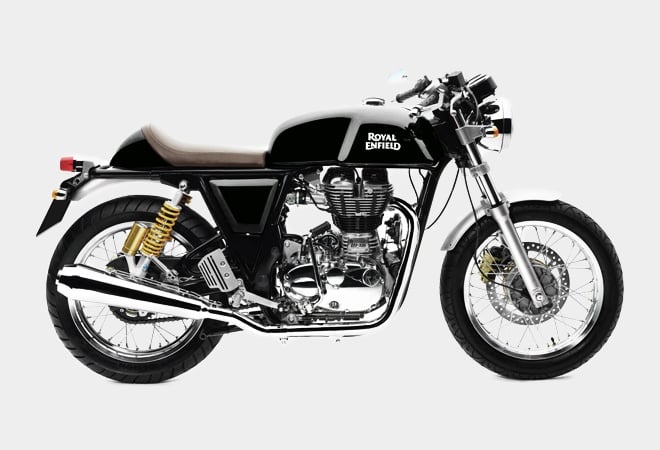
Café Racers
Café bikes are on the tail-end of a resurgence right now, and they’re some of our favorite-looking bikes. The café scene began back in the 1960s, when British and other European hobby riders started trying to modify their bikes to look more like the zippy Grand Prix road racers of the time. Their distinctive look generally features a high-and-tight riding style with a long flat seat, a rounded bobbed tail section, and low “clubman” or clip-on bars. Traditional café bikes are supposed to be lightweight and feature smaller motors, but we’ve seen some beautiful four cylinders and even American V-twin cafés with plenty of character.
![]()
Flat Tracker
An easy way to bump into flat trackers is to say that what café bikes were to the Brits, flat trackers and street trackers were to the Americans. While they share a couple key similarities like the long solo or banana-style seats, flat trackers differ from their British counterparts in that they feature motocross or dirt bike-style bars and in place of the signature rounded rear tail section of a café bike, they feature either rounded bobbed high rear fenders or pointier molded seat pans and tail sections. There are also sub-sets of the tracker style bike, like scramblers, which are essentially trackers with big knobby dirt bike tires.
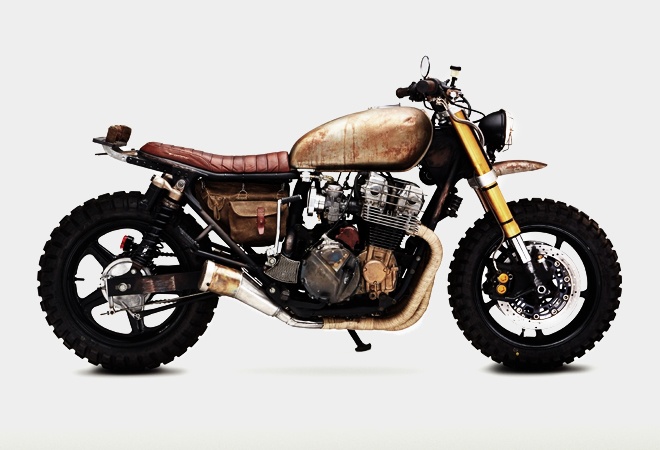
Rat Bikes
Some people use the term “rat bike” to pass off their dirty, rusty, gross bike as a, “Yeah, I meant to do that” kind of thing. In reality, true rat bikes are beautiful works of art that take a tremendous amount of time, effort, and riding to put together. Rat bikes are exactly as they sound—they’re usually older cruisers that have been ridden hard and put away wet, and are essentially living breathing scrap books of time spent on the road. They are usually dirty and rusty and littered with objects that you’d probably be more likely to find in a junkyard instead of a motorcycle. There are plenty of dirty, “ratty” looking bikes out there, but you’ll know a true rat bike when you see it.

Club/Thug
An aspect of motorcycle culture generally ignored by the mainstream (but popularized in television shows like Sons of Anarchy), motorcycle clubs have been in existence since the 1940s, and have proven crucial to motorcycling’s fabric. Most of the original MC’s were founded by veterans seeking the type of brotherhood and camaraderie left behind at the end of WWII, and while every club is different, most require their members to do one thing: Ride the crap out of their bikes often and for long distances. While the style of bikes clubs prefer has changed over the years, the current iteration is called “club style” or “thug style.” Essentially, they take stock American motorcycles (usually Harley-Davidson Dynas or FXRs), and slap a two-into-one exhaust, a set of t-bars, and a mini front fairing on them, as well as BMX-style foot pegs, long rear shocks, mag wheels (for easy tire change), and saddlebags for storage. The idea behind the bikes is that they’re supposed to be fast, reliable, comfortable, narrow, agile, and efficient by every definition of the word. They’re the “ready for anything” bikes.
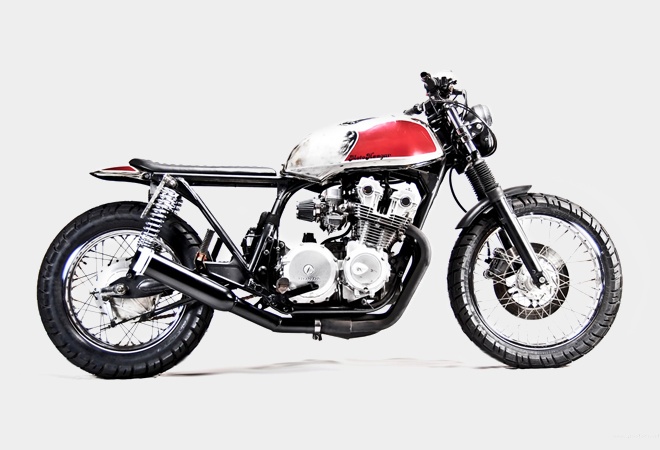
Brat-Style
One of the more fascinating styles on this list, brat-style bikes can represent a couple different things. First and foremost, the term “brat style” comes from Go Takamine and his shop “BRATSTYLE” based in Japan. The term is generally used to either refer to bobbers with slammed rear shocks and short bobbed rear fenders, or more café-styled bikes with offset rear shocks and a café-style banana seat. While they come in a couple different shapes and sizes, it’s important to note that they never utilize hard tail frames, which means they always have rear suspensions. They escape easy description, but again, if you see one, you’ll know it.

